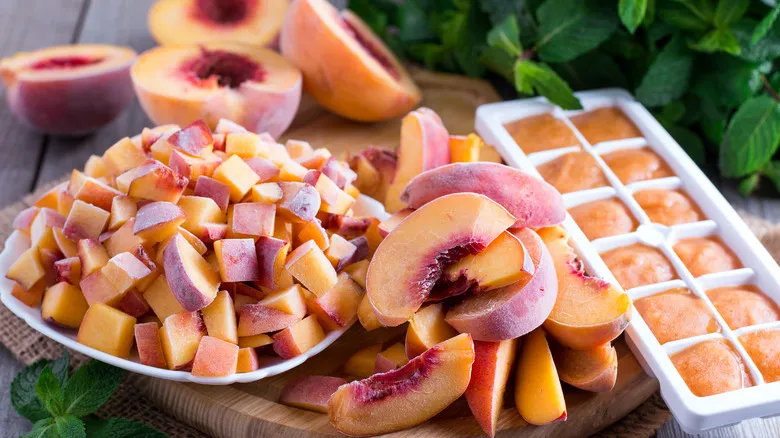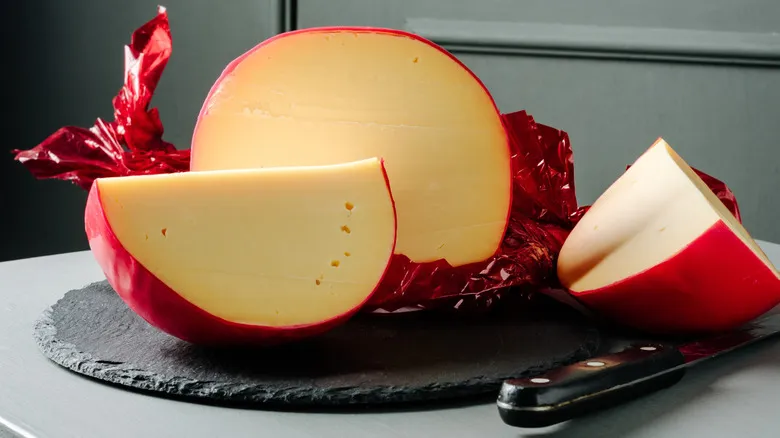Working with cheese wax

The method of waxing cheese is quite straightforward, and you can even do it yourself for your homemade cheeses. To wax cheese, simply melt some wax and apply it manually with a brush, or dip the cheese directly into a pot of melted wax—just be cautious, as the wax will be hot. There is sometimes a loose color-coding system for cheese wax: red is typically for hard cheeses like Edam, black is for aged varieties, green is for herb-infused cheeses, and so on. However, this system isn't consistent, so there's no need to stress about it.
What should you do with the cheese wax after enjoying the cheese? It would be wasteful to discard it, as cheese wax often contains paraffin, which is derived from petroleum products. This means it isn't biodegradable and can't be composted. Instead, you can repurpose cheese wax for making homemade candles or creating decorative wax seals for invitations and letters. Even better, you can use it to cover your own homemade cheeses, provided you maintain proper sanitation during the transfer. Additionally, there are more eco-friendly options available, such as beeswax, so be sure to check the label if you prefer to buy cheeses wrapped in sustainable materials.
Recommended

The Foods You Should Avoid Ordering On An Airplane

Are Fresh Peaches Always Better Than Canned Or Frozen?

Can You Freeze Cheese Curds?

Why You May Want To Wash Farm Fresh Eggs
Next up

